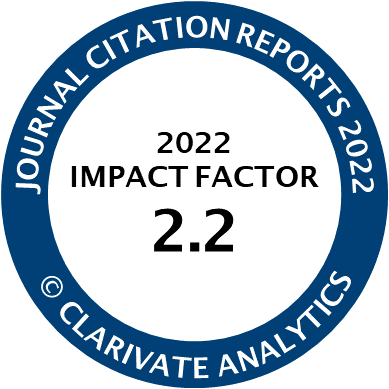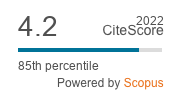Article | Open Access
Gender and Opposition Leadership in the Pacific Islands
| Views: | 1025 | | | Downloads: | 1126 |
Abstract: Parliaments in the Pacific Islands are among the most male-dominated in the world. Yet despite the odds, there is a cohort of women who have been elected and won senior roles. This article adds to an emerging literature that examines the gendered pathways to political influence in the region by focusing on the hitherto overlooked role of the opposition leader. It uses a biographical approach to consider the pathways in and through this role by four women opposition leaders: Fiame Naomi Mata’afa (Samoa), Hilda Heine (Marshall Islands), Dame Carol Kidu (Papua New Guinea), and Ro Teimumu Kepa (Fiji). We parse out factors that explain the success of these leaders while also identifying barriers that have prevented their emergence in other Pacific states. We identify two main ways in which women politicians have used the position of leader of the opposition: first, the conventional understanding of the role as a path to power; and second, the less well-understood role of defending and protecting democratic norms and institutions. The latter can be interpreted as a version of the “glass cliff” phenomenon where women leaders assume key positions in times of crisis. Our findings thus highlight that while in the Pacific the role of leader of the opposition can be a path to power, the relatively few women leaders who have taken on this role have used it in diverse and varied ways.
Keywords: gender; glass cliff; leader of the opposition; Pacific Islands; political parties
Published:
© Kerryn Baker, Jack Corbett. This is an open access article distributed under the terms of the Creative Commons Attribution 4.0 license (http://creativecommons.org/licenses/by/4.0), which permits any use, distribution, and reproduction of the work without further permission provided the original author(s) and source are credited.




